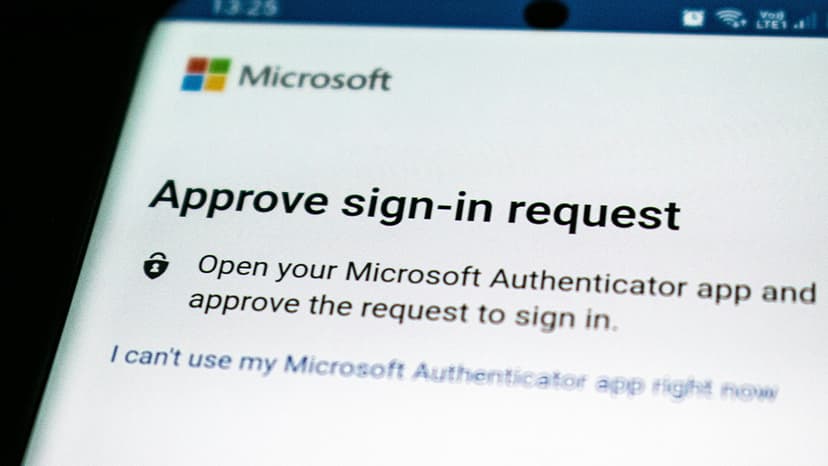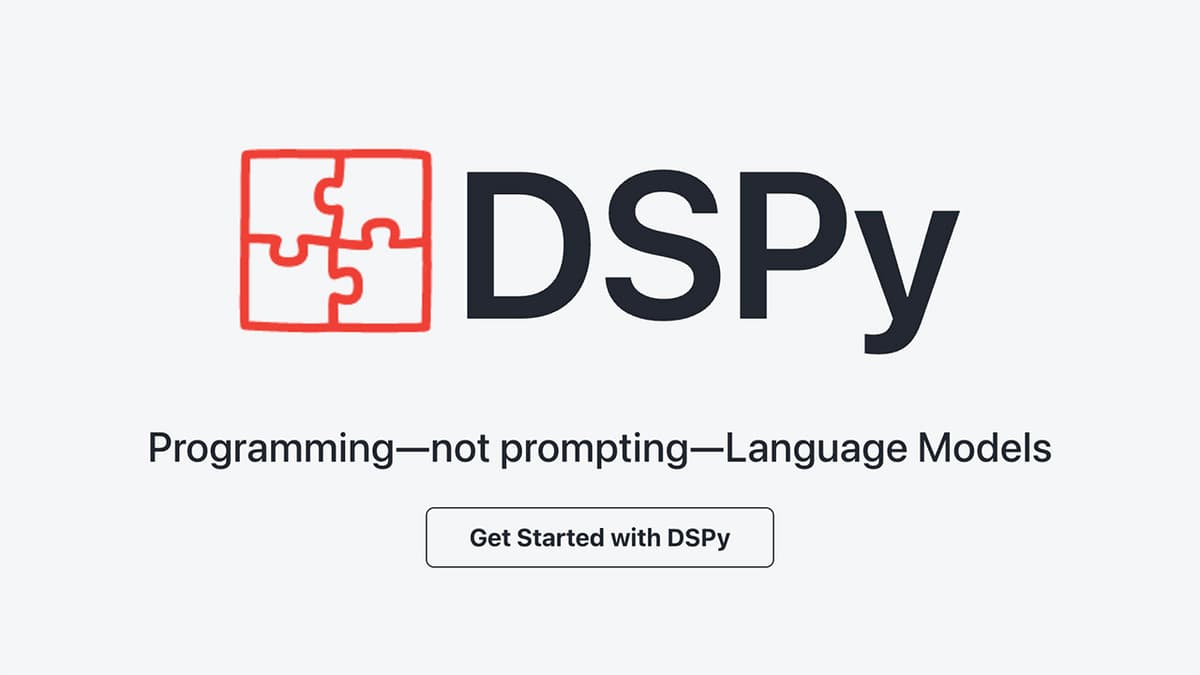Understanding the 504 Status Code in a Web Environment
The digital realm involves various codes that ensure effective communication between servers and clients. One such important signal is the 504 status code. This code plays a significant role in web interactions.
What is a 504 Status Code?
A 504 status code is a server response indicating that one server involved in processing a request took too long to respond. Essentially, it means that the upstream server did not provide a timely response. This is also known as a Gateway Timeout error.
How Does a 504 Status Code Occur?
When you send a request to access a webpage, it passes through multiple servers before reaching the server hosting the desired content. Ideally, each server responds quickly to maintain smooth communication.
In reality, several factors can cause delays, including:
- Network congestion
- Server overload
- Misconfigurations
When an intermediate server fails to respond within a set time limit, a gateway timeout error occurs, and the server returns a 504 status code.
Interpreting the 504 Status Code
Encountering a 504 status code during your web browsing indicates that the server couldn't get a timely response from the upstream server. This can happen for various reasons:
- Overloaded server: The server handling the request may have too many simultaneous requests.
- Network issues: Slow or unstable connections can result in timeout errors.
- Poor server configurations: Incorrectly set up servers may struggle to process requests effectively.
Resolving the 504 Status Code
Understanding the cause of a 504 status code helps in finding solutions. Here are some strategies to mitigate and resolve this issue:
1. Check Your Internet Connection
Rule out any personal internet connection issues before assuming a server-side problem.
2. Reload the Page
A temporary glitch may have caused the timeout error. Try reloading the page to see if it fixes the issue.
3. Contact the Website Administrator
If the error continues, it’s likely a server-side problem. Reach out to the website administrator or tech support for assistance.
4. Optimize Server Performance
Website owners can improve server performance by optimizing configurations, upgrading hardware, and implementing caching mechanisms.
5. Implement Retry Mechanisms
Developers should consider adding retry mechanisms in the code to handle timeout errors and enhance user experience.
6. Monitor Server Health
Regularly monitoring server health can provide insights into potential issues. Tools like Prometheus or New Relic can assist in proactive server management.
Understanding status codes like 504 is vital for developers, server administrators, and end-users. By acknowledging the implications of a 504 status code and taking proactive steps, we can ensure a more resilient digital experience.












